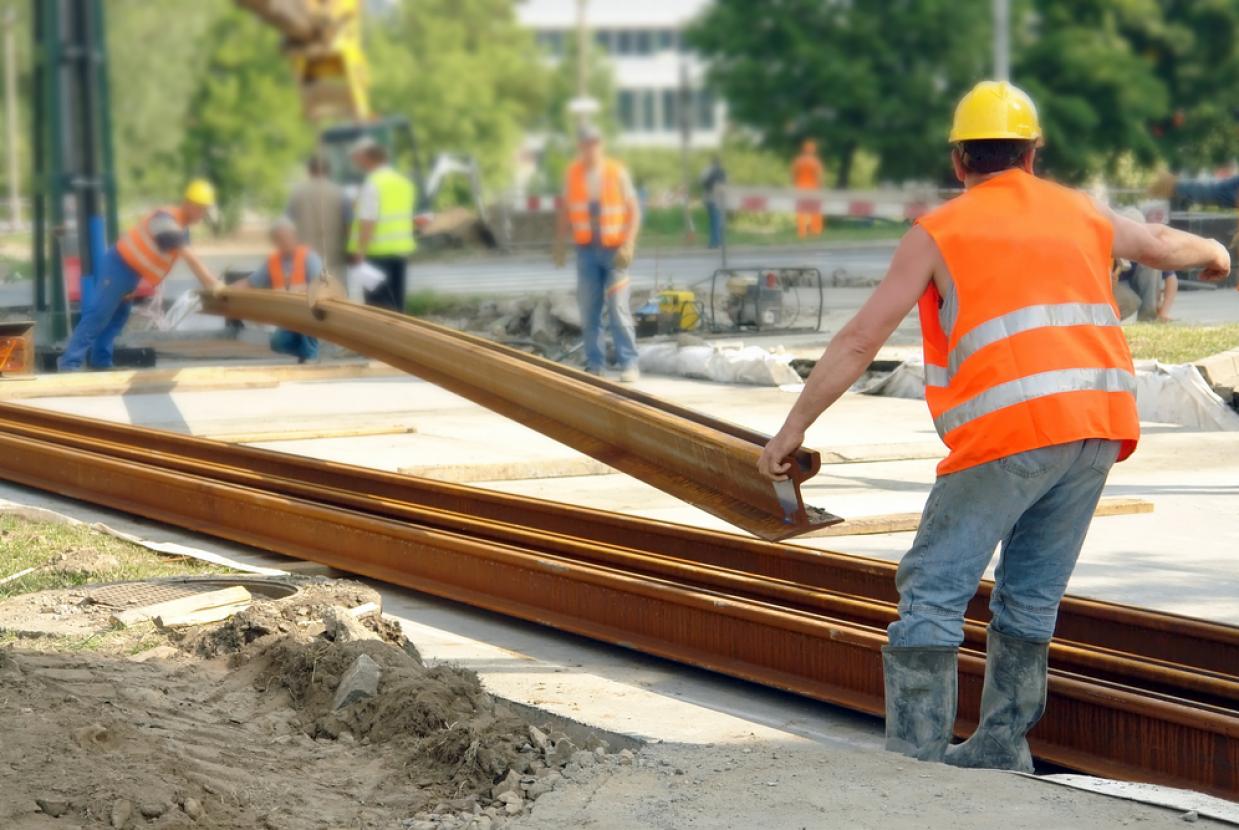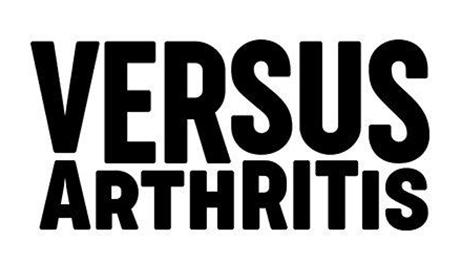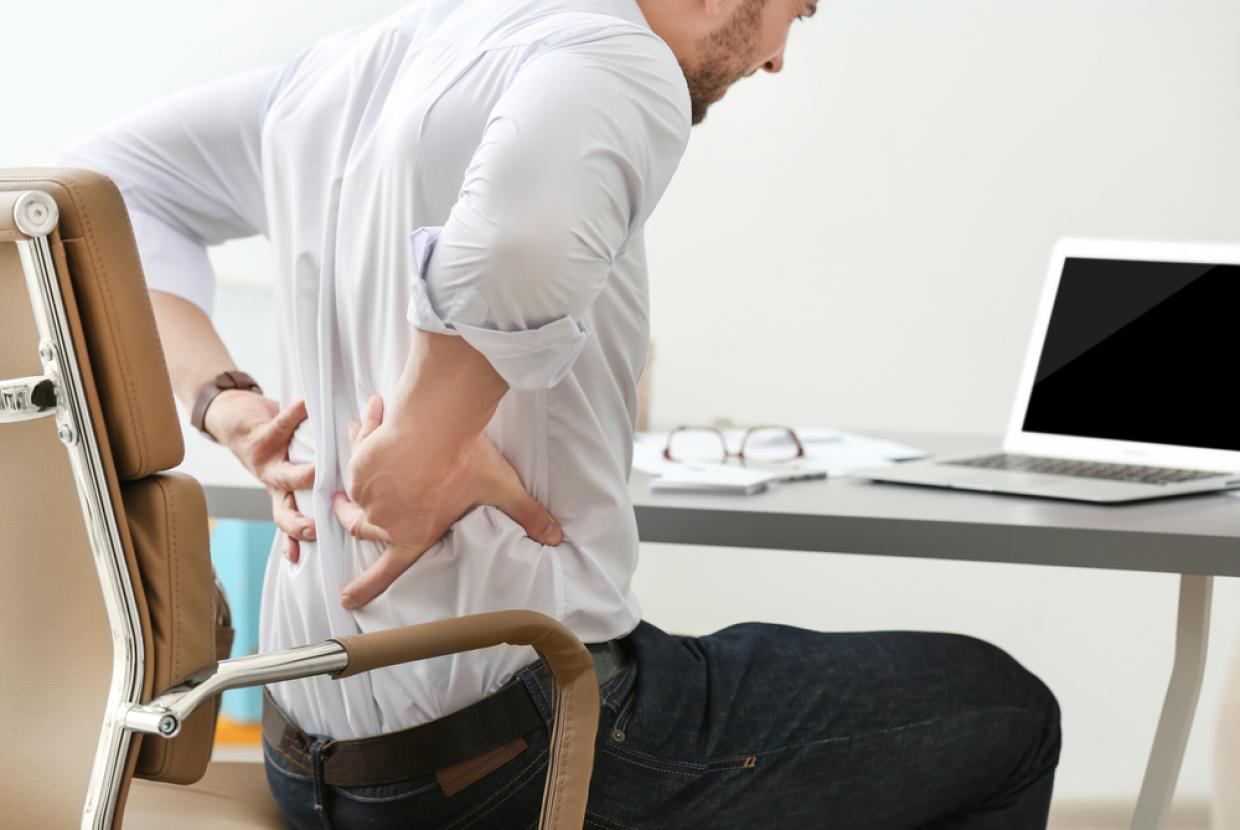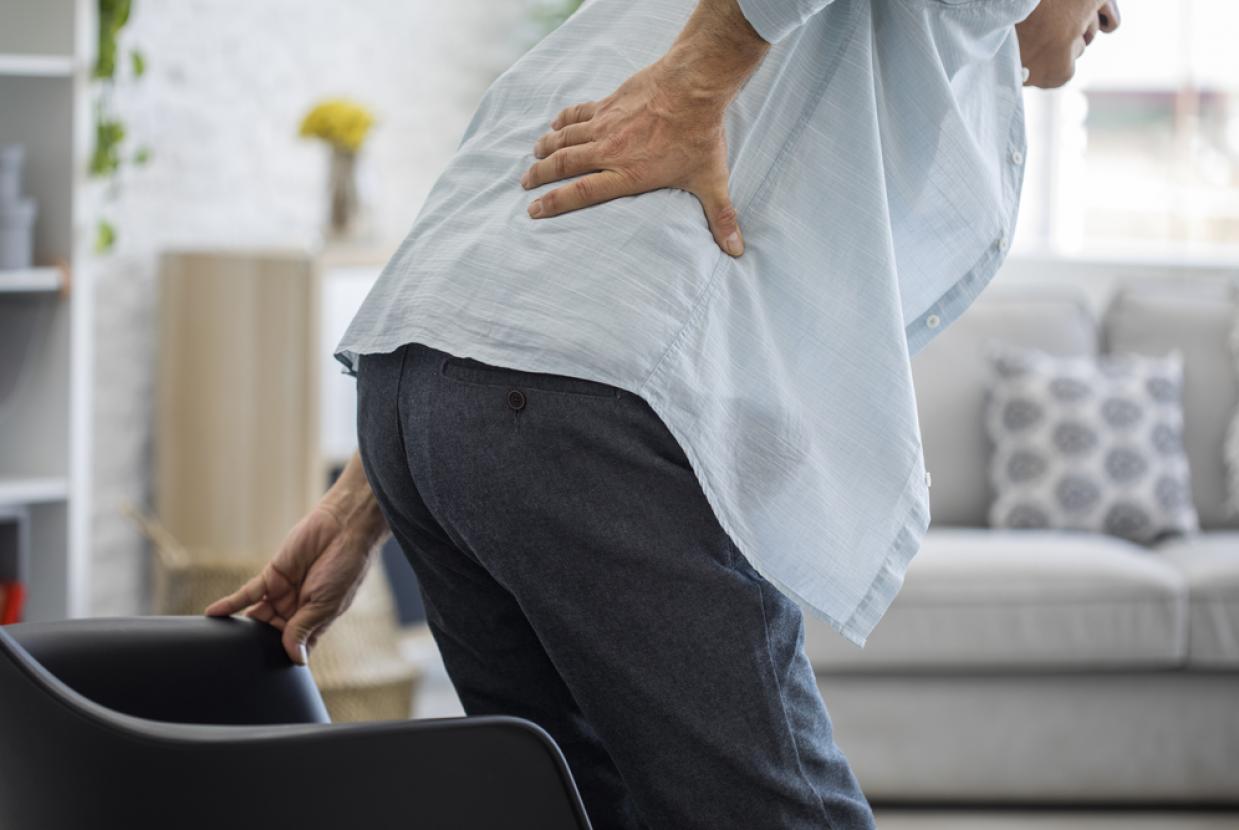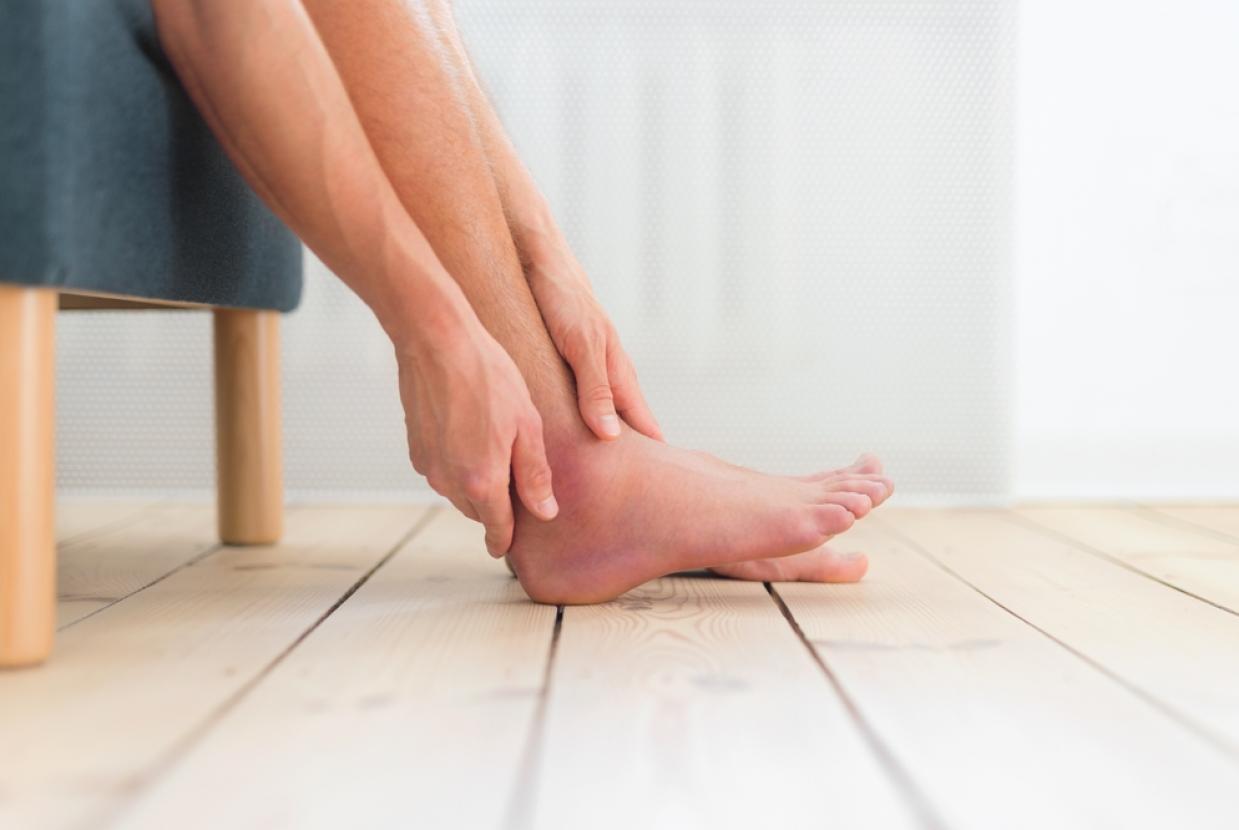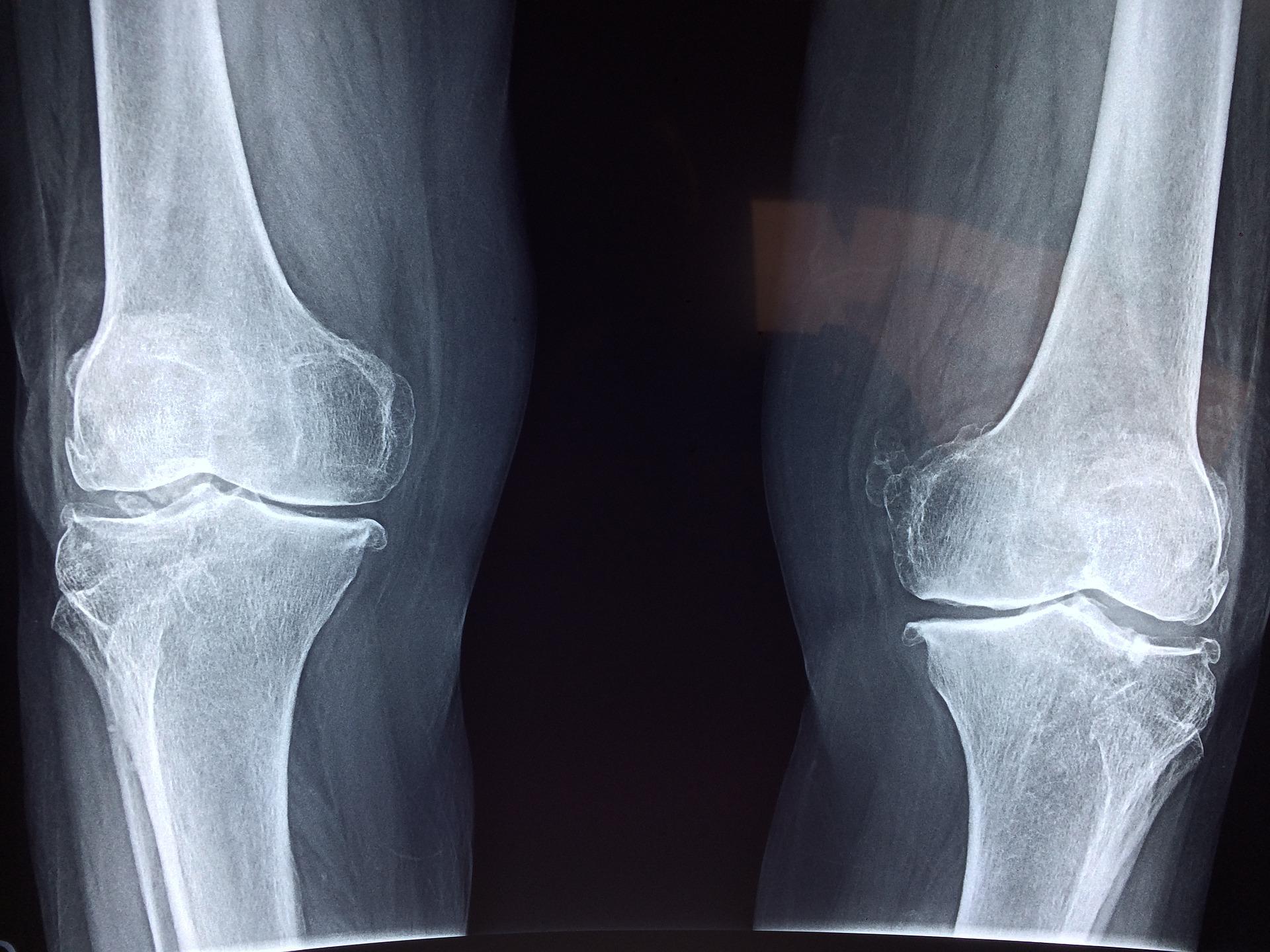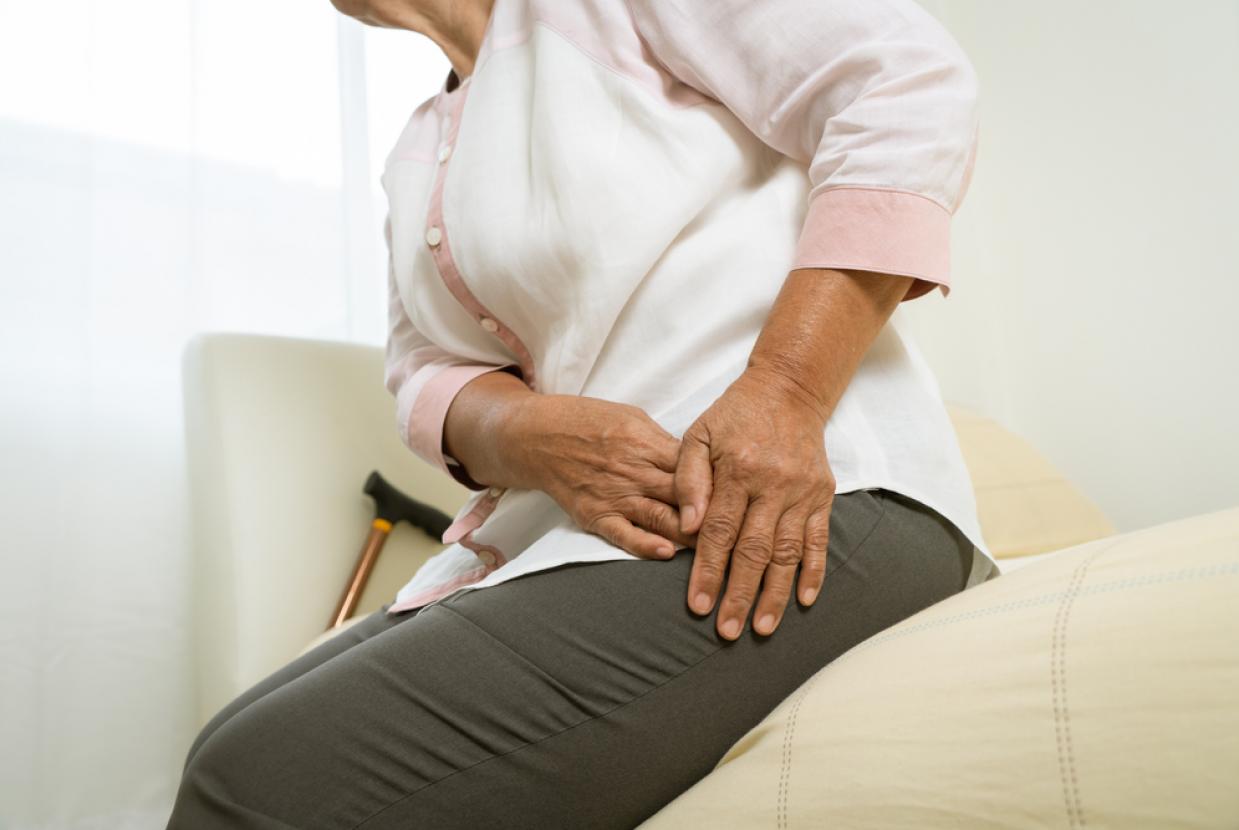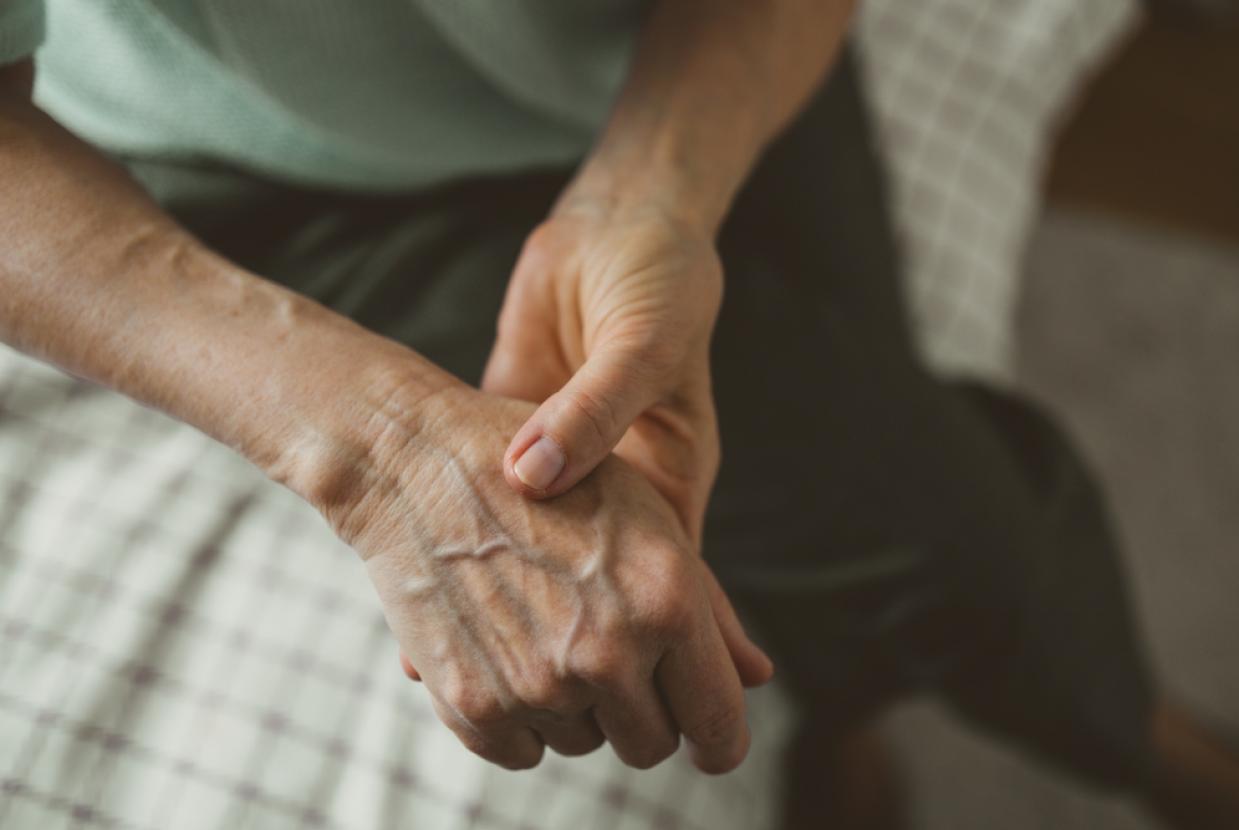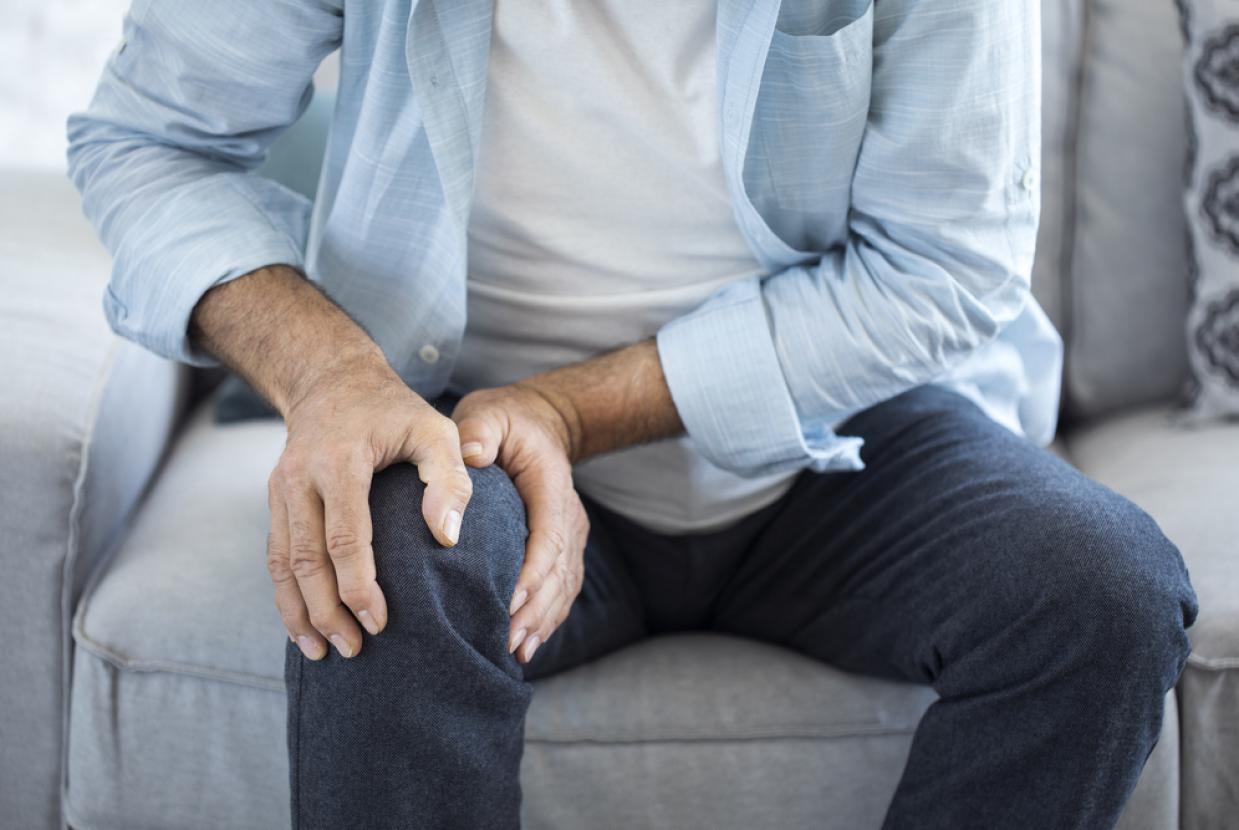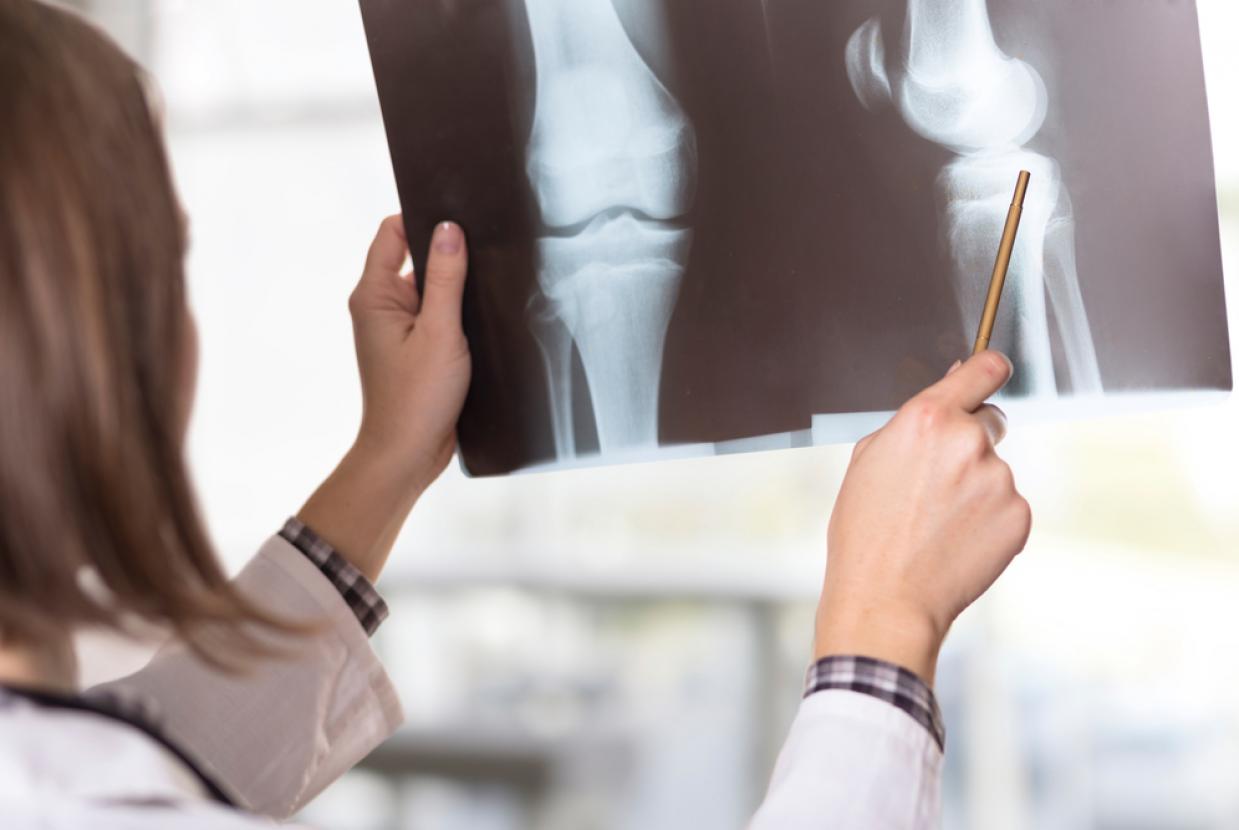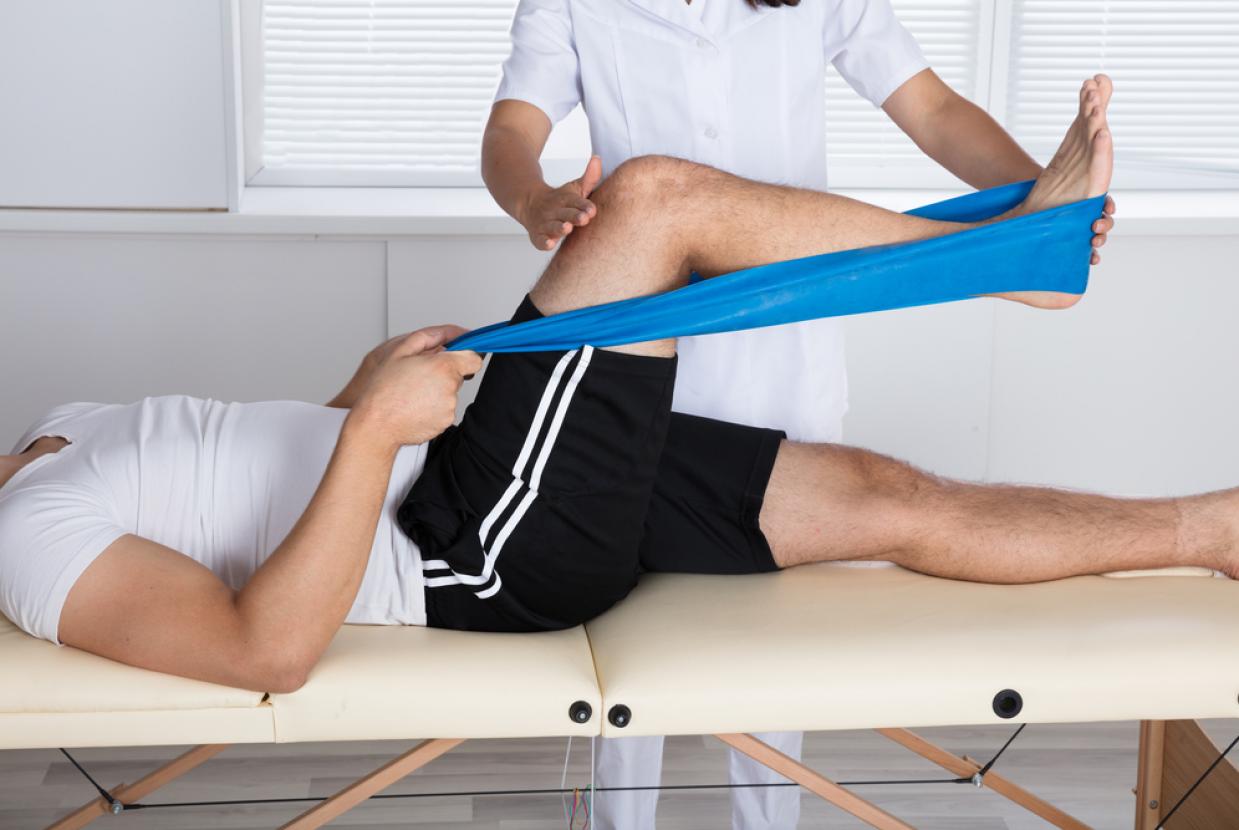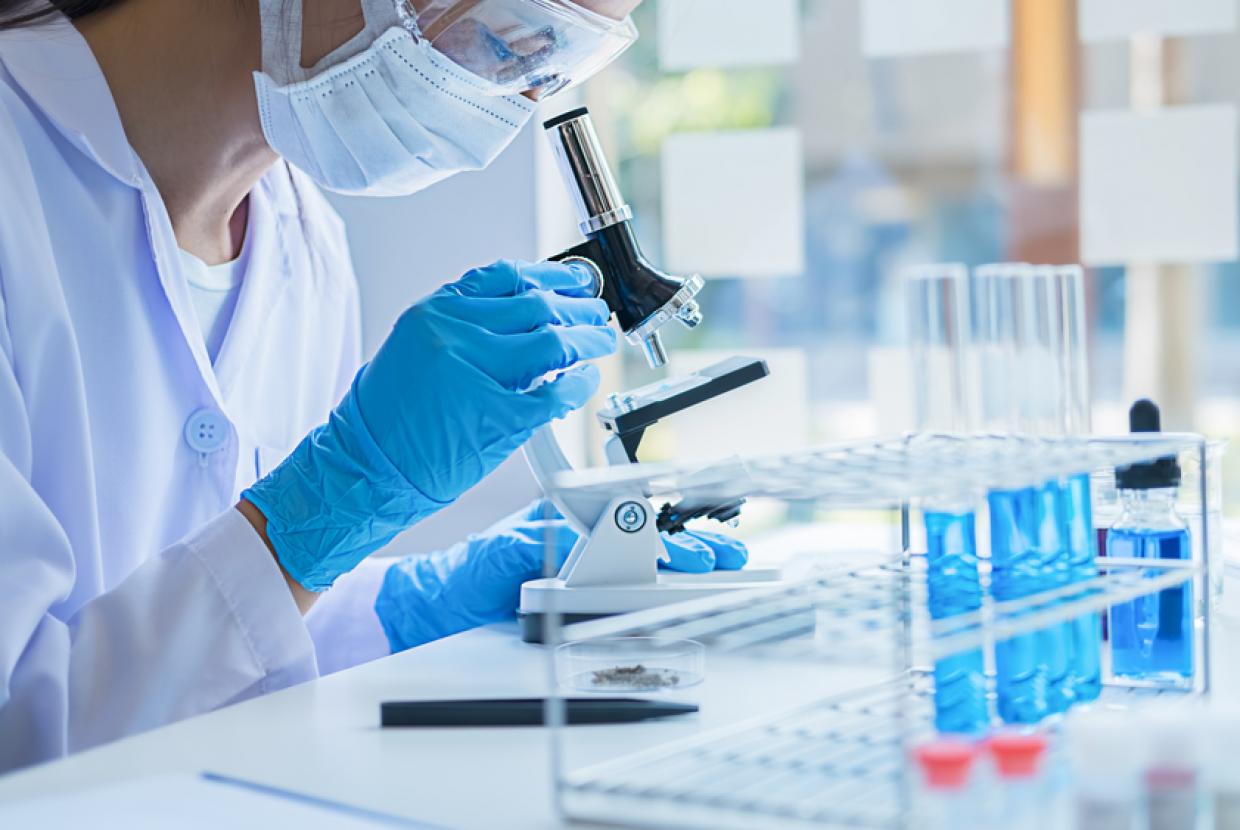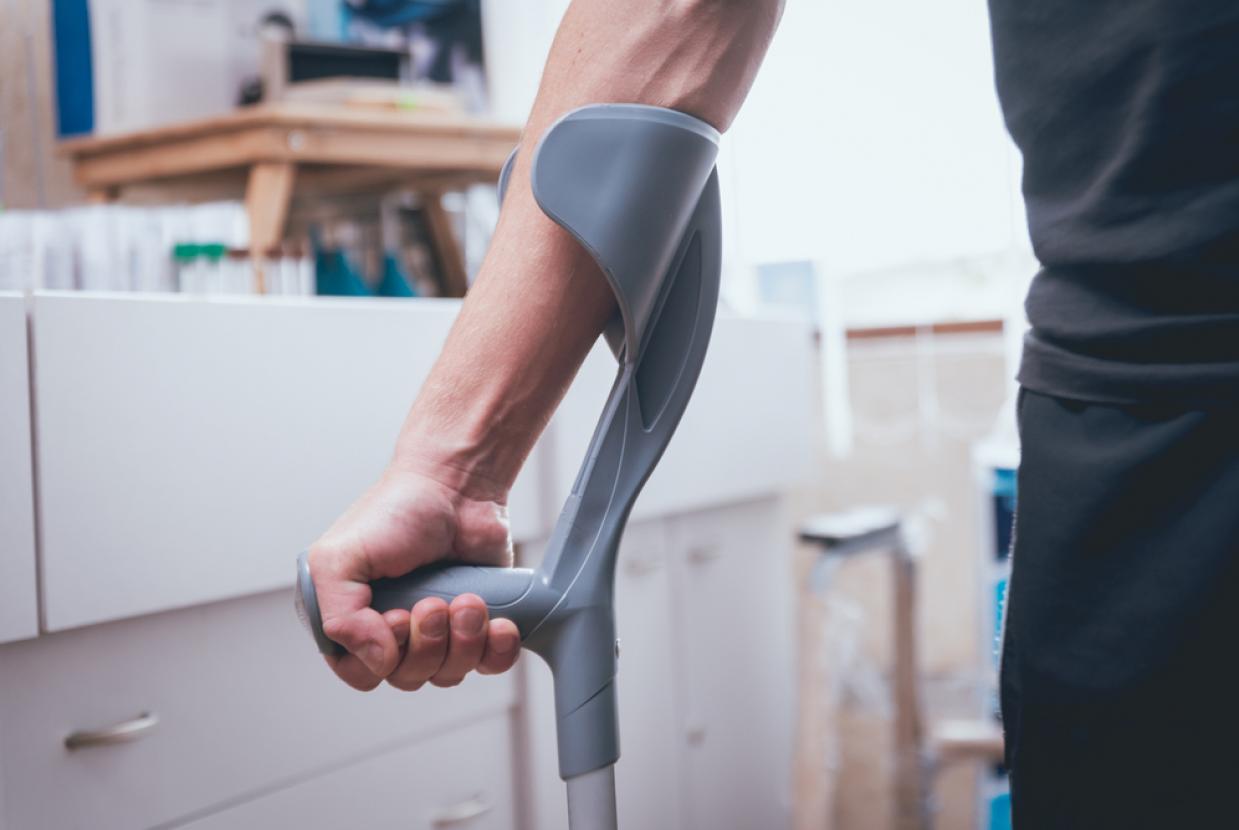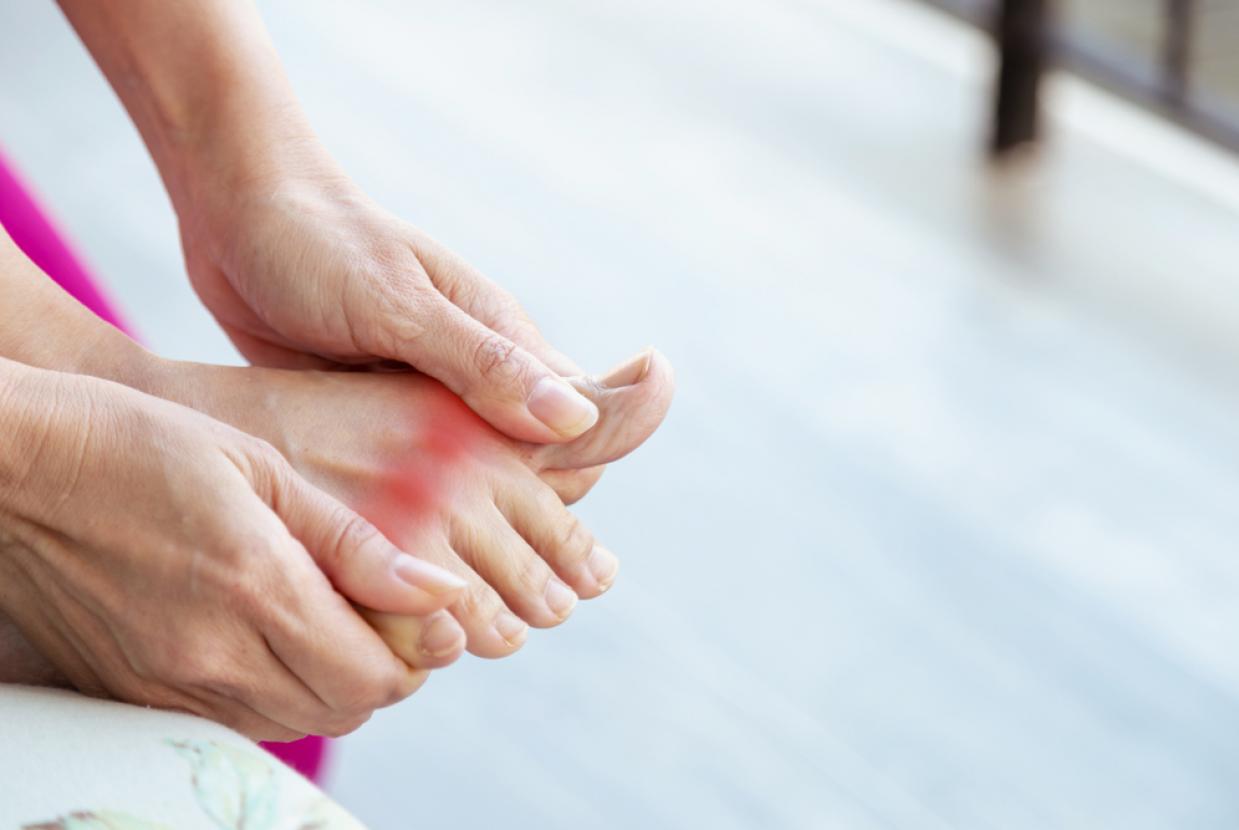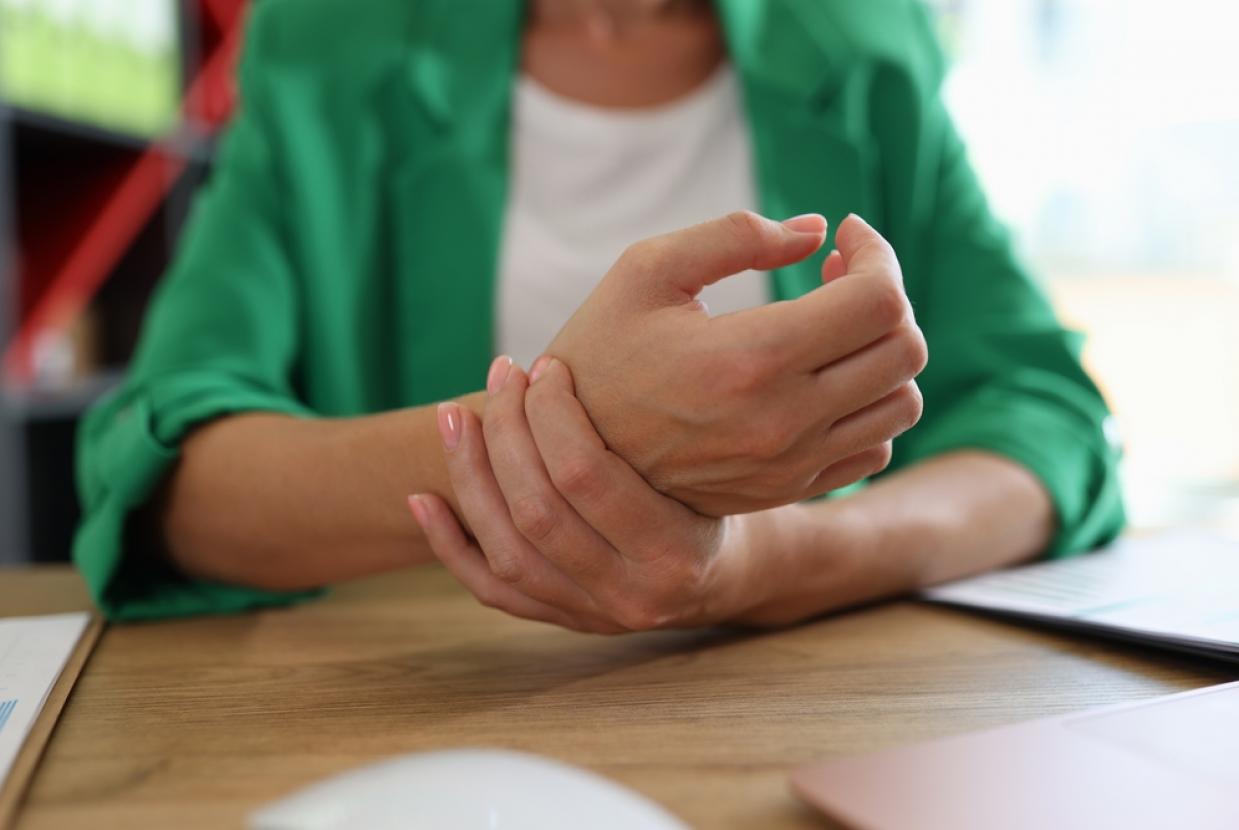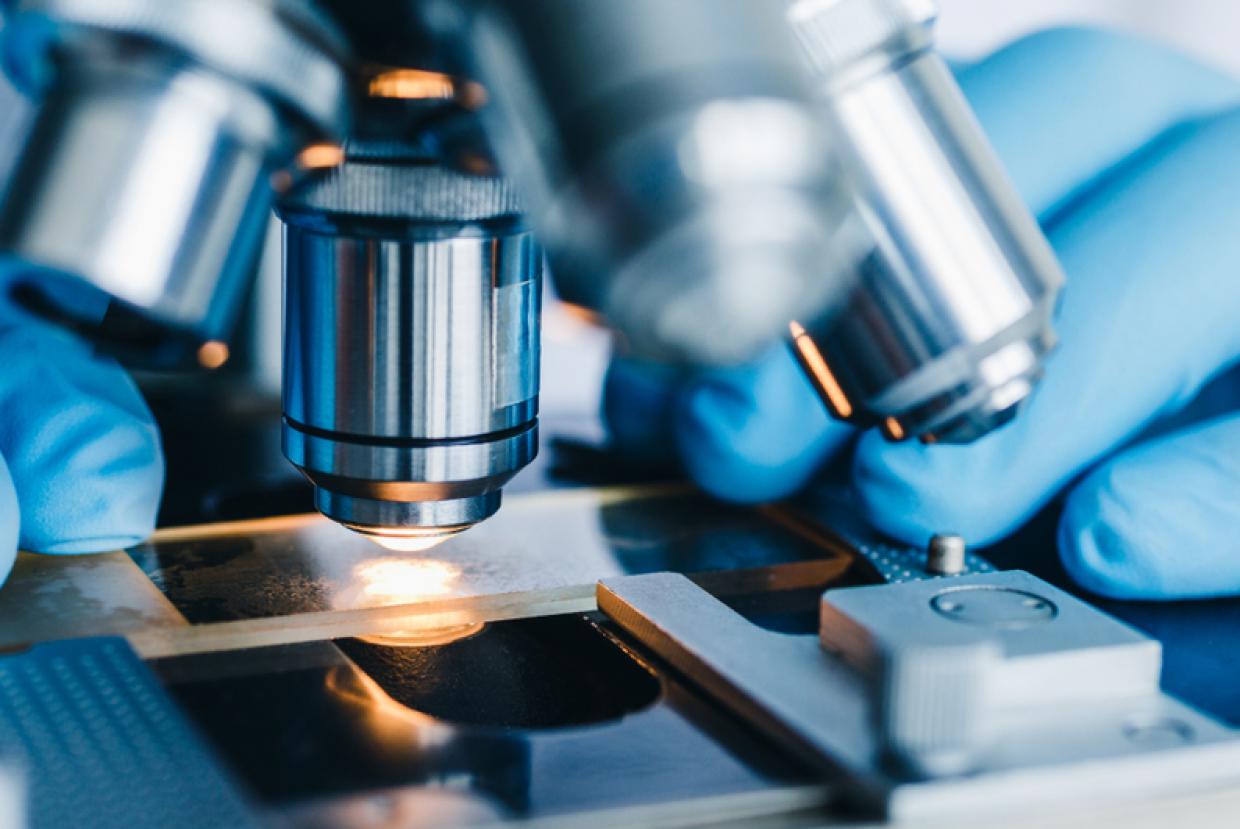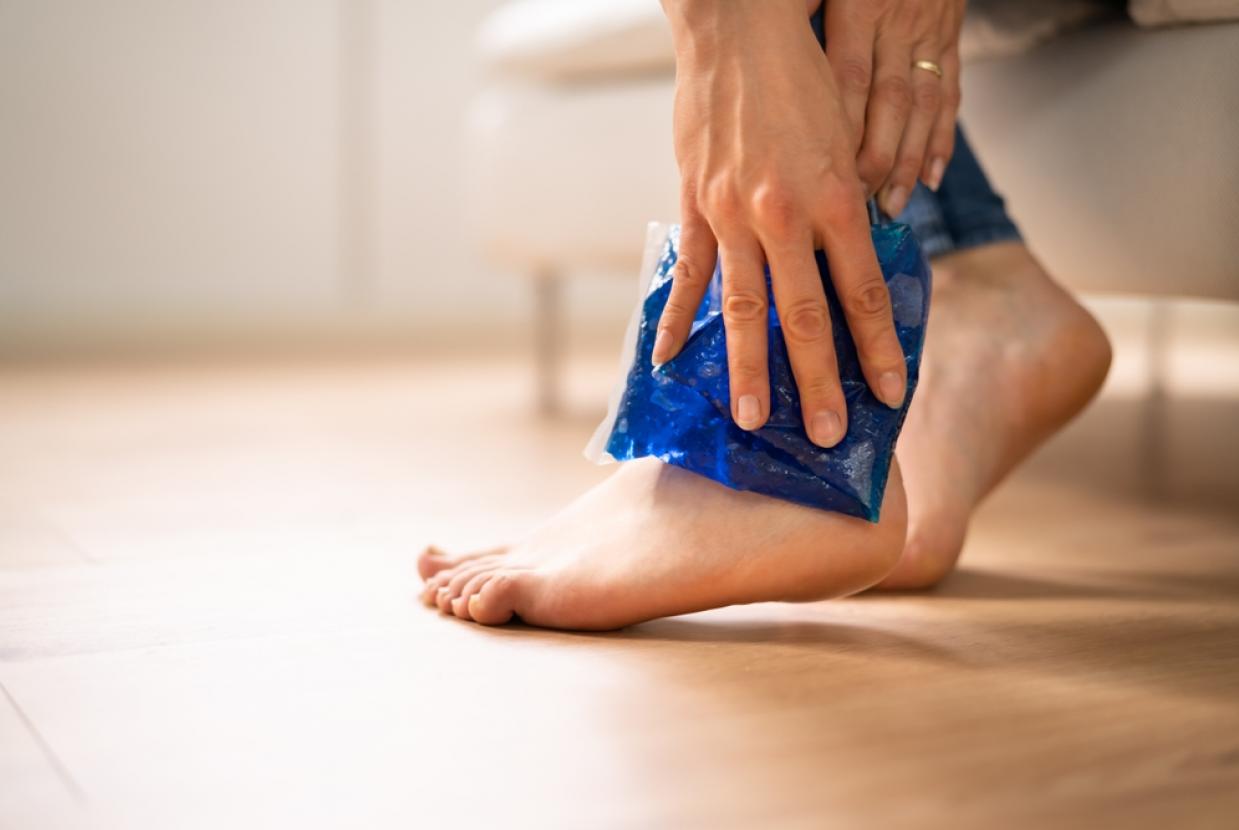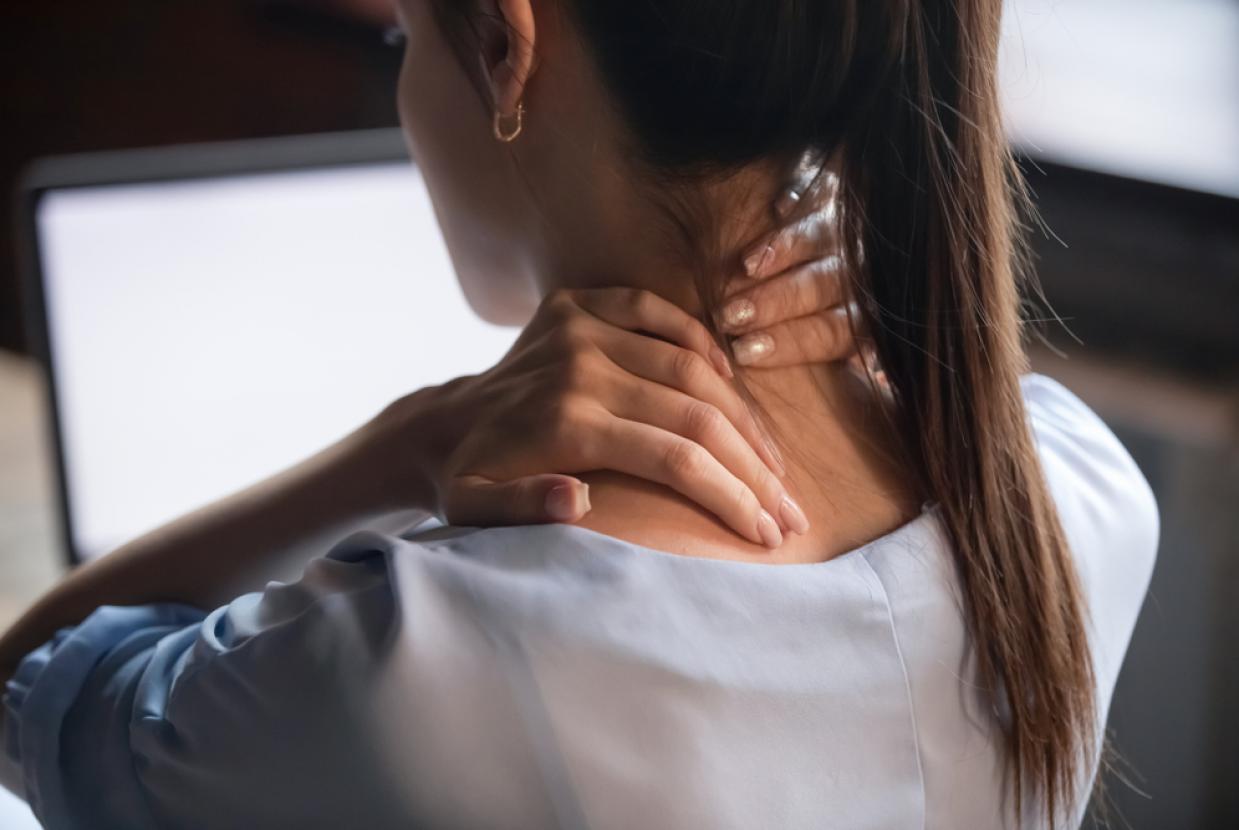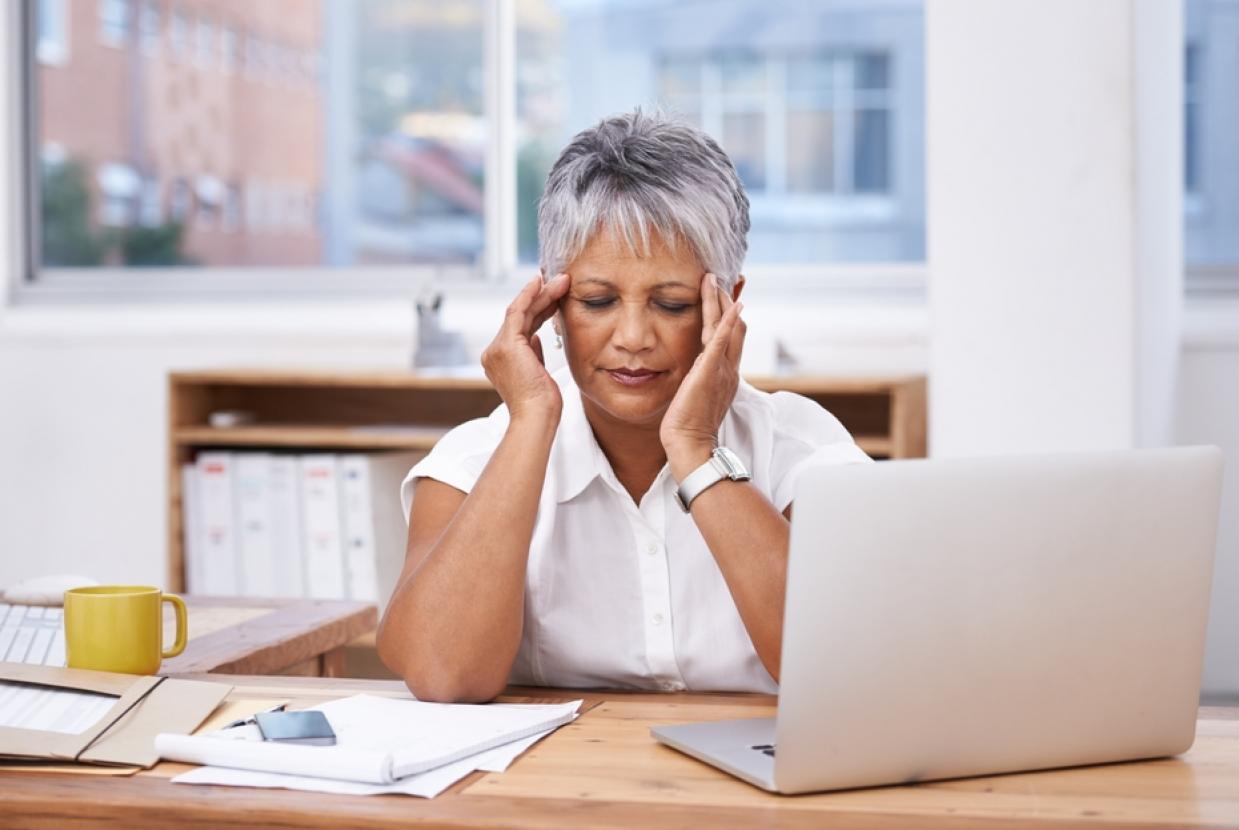Causes Of Back Pain
Often back pain doesn’t have one simple cause but may be due to one or more of the following:
- poor posture
- lack of exercise resulting in stiffening of the spine and weak muscles
- muscle strains or sprains.
As well as the things listed above, there are also specific conditions which are linked with pain felt in the back. It’s important to remember that severe pain doesn’t necessarily mean there’s a serious problem. Some common conditions are listed below.
Spondylosis
As we grow older, the bones, discs and ligaments in the spine can naturally weaken as they age. This happens to all of us to some degree as part of the ageing process, but it doesn’t have to be a problem and not everyone will have pain from this.
As we grow older the discs in the spine become thinner and the spaces between the vertebrae become narrower. Little pieces of bone, known as osteophytes, may form at the edges of the vertebrae and facet joints.
The medical term for this is spondylosis and is very similar to the changes caused by osteoarthritis in other joints.
Sciatica
Back pain is sometimes linked with pain in the legs, and there may be numbness or a tingling feeling. This is called sciatica.
This is due to a nerve in the spine being pressed on or squeezed. For most people with sciatica, the leg pain can be the worst part and occasionally they may have little or no back pain at all.
Spinal stenosis
Sometimes back pain is linked with pain in the legs which starts after you start walking for a few minutes, and then tends to get better very quickly when you sit down. This is known as spinal stenosis. This can happen from birth or can develop as we get older.
Problems are caused when something presses on the small space in the middle of the spine, where the nerves are. This space, which is called the spinal canal or nerve root canal, can be squeezed by bone or ligament.
Other causes
Other rarer causes of back pain include:
- bone problems such as a fracture – often linked to thinning of the bones, which is known as osteoporosis
- an infection
- a tumour
- inflammation, for example in the condition ankylosing spondylitis.


